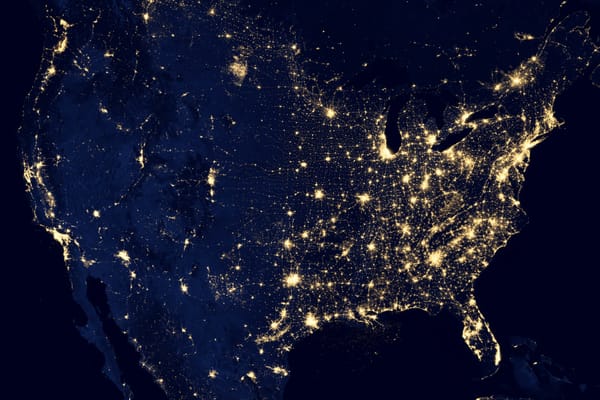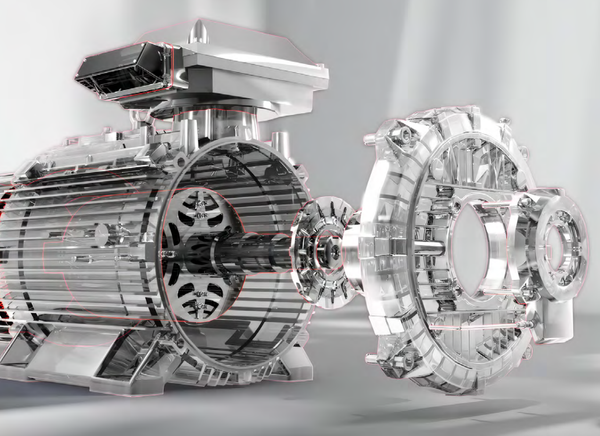Climate change is showing its claws - it's time to adapt

“Adaptation, by building resilience to climate impacts, avoids damaging decreases in income." - Nicholas Stern
The Earth has reached its first catastrophic tipping point linked to rising GHG emissions.
The Global Tipping Points report, led by the University of Exeter warns that warm water coral reefs now face long-term decline, risking the livelihoods of hundreds of millions of people. The reports authors caution that unless we return to global mean surface temperatures of 1.2°C (+2.16°F) the reefs will not be retained on any meaningful scale.
While the loss of warm water reefs and the knock-on impact on fishing, tourism, and coastal protection paints a disturbing picture, it's difficult to ascertain what it means versus the economic incentive to mitigate climate change. It's why the net economic damage resulting from an incremental tonne of carbon dioxide (CO2) released into the atmosphere is often boiled down to one figure - the social cost of carbon (SCC).
Previous SCC estimates, such as that produced by the economist William Nordhaus, focused on country-level local temperature variations and typically found that a 1°C temperature shock reduces global GDP by at most 1-3% in the medium term. In 2017 Nordhaus estimated that the SCC in 2010 was $31 per tonne, or almost $50 now once you factor in inflation, while suggesting that the optimal level of global warming was just over 4°C.
A paper published last summer by economists at Harvard and Northwestern University focused instead on global temperature shocks predicting a larger and more persistent rise in the frequency of extreme climatic events. Employing long-term data on global economic growth and average annual temperatures, the researchers estimate the SCC to be more than 20-times larger, at more than $1,000 per tonne of CO2, with each additional 1°C of warming likely to lead to a 12% fall in global GDP.
Were it not for the Earth already having experienced 50 years of warming, the researchers contend, our society would been 37% better off than it is today. Past performance doesn't necessarily equal future performance of course. As the planet warms the likelihood that further tipping points are breached rises, increasing the probability of a non-linear relationship developing between temperature changes, climatic conditions, and the resulting impact on economic activity. In other words, the tail risks keep getting fatter.
But what to do? One side of the economic cost of climate change coin is the need to invest in climate mitigation; renewables, electrification, decarbonising heavy industry, etc. The other side of the coin is adaptation and resilience; enabling our societies to weather the impact of more extreme climatic events (both that experienced in the present and projected to occur in the future), ameliorating the potential hit to economic activity.
The two sides don't necessarily have to be mutually exclusive. A richer, more advanced global economy means more resources can be directed at mitigation as well as adaptation. Focusing just on the former, and neglecting the latter, risks leaving a world unable to do either, with the poorest parts of the world most exposed. And besides, as we'll see, the returns on investment in adaptation can be significant and on a much shorter timescale than mitigation.
Read the rest of this article with a 30-day free trial*
*and get access to the entire archive!





